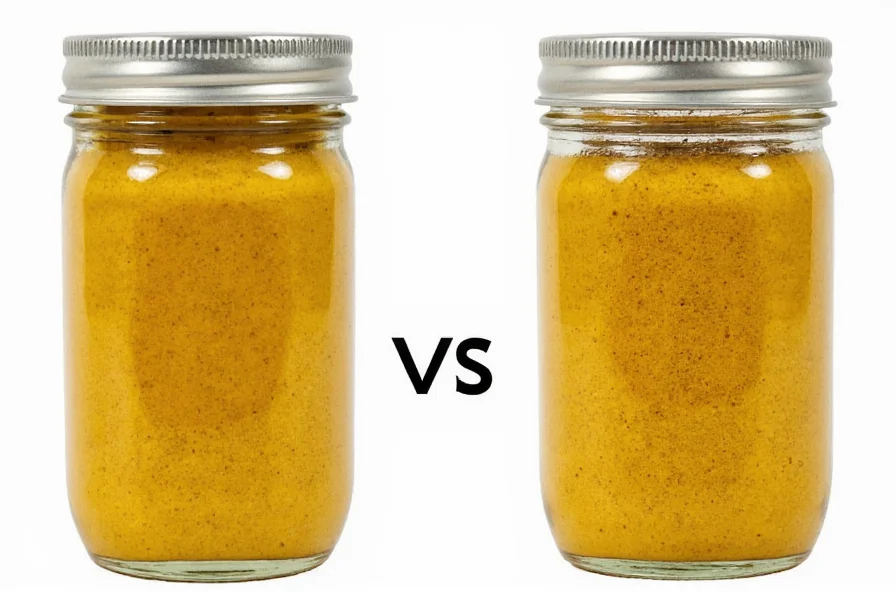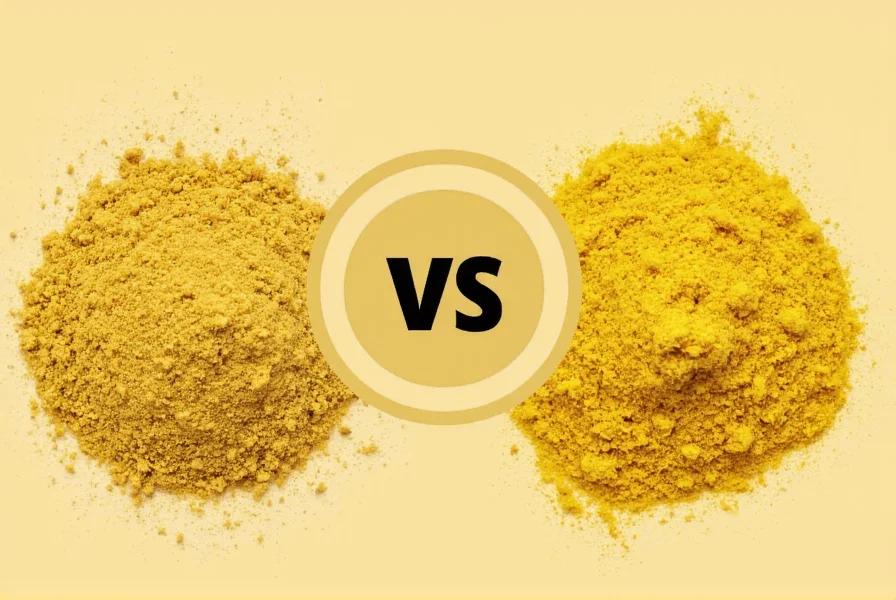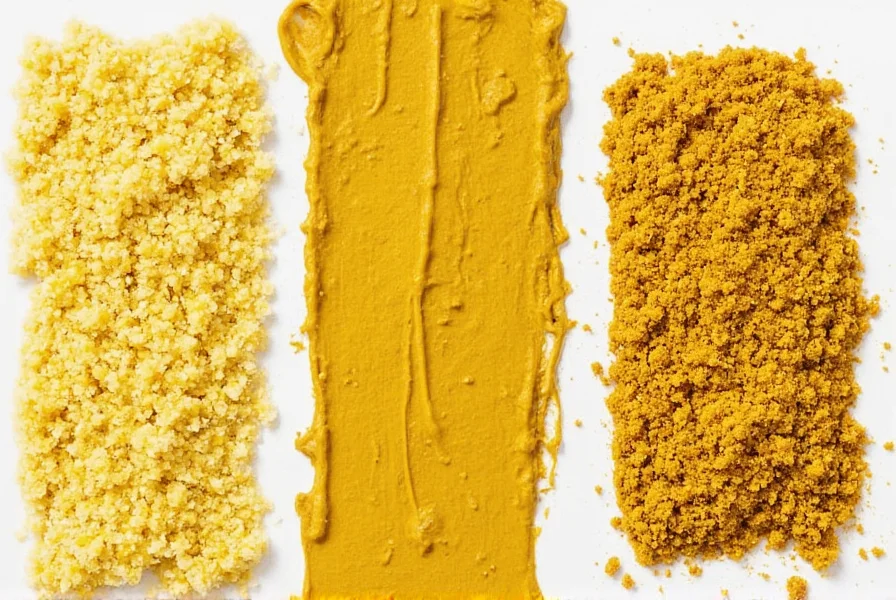Understanding the subtle nuances between culinary terms can make or break your cooking experience. When a recipe calls for “dry mustard” or “ground mustard,” many home cooks wonder if these are distinct ingredients requiring separate purchases. The straightforward answer saves pantry space and prevents recipe confusion: these terms describe the exact same product—finely milled mustard seeds in powder form.
What Exactly Is Dry Mustard?
Dry mustard, also known as ground mustard, consists of mustard seeds (typically yellow, brown, or black varieties) that have been dried and pulverized into a fine powder. This processing method preserves the seeds' pungent compounds while creating a shelf-stable spice that dissolves easily in liquids. Unlike prepared mustard, which contains vinegar, water, and other ingredients, dry mustard powder contains nothing but pure ground seeds.

Why Two Names for One Product?
The dual terminology stems primarily from regional language preferences rather than any actual difference in the product:
| Term | Common Usage Regions | Recipe Context |
|---|---|---|
| Dry Mustard | United States, Canada | Most American cookbooks and packaging |
| Ground Mustard | United Kingdom, Australia, International | British recipes and global culinary references |
Food historians note that “dry mustard” became prevalent in American English during the 19th century to distinguish the powdered form from prepared mustards that required refrigeration. Meanwhile, British culinary tradition maintained “ground mustard” as the standard term, aligning with other ground spices like “ground cinnamon” or “ground pepper.”
Chemical Composition and Flavor Profile
Both terms refer to mustard powder containing the same active compounds:
- Myrosinase enzyme – Activates when mixed with liquid
- Sinigrin – The glucosinolate that creates pungency
- Fixed oils – Contribute to the distinctive aroma
The intensity of flavor depends on the mustard seed variety used (yellow seeds produce milder powder than brown or black seeds) and the liquid temperature used to activate it. Cold liquids create more pungency, while warm liquids produce milder flavor—a crucial consideration whether you're using “ground mustard” or “dry mustard” in your recipe.
Practical Substitution Guidance
When encountering either term in recipes, you can confidently use them interchangeably. However, consider these practical tips for optimal results:
- One teaspoon of dry mustard powder equals approximately one tablespoon of prepared mustard (adjust liquid content accordingly)
- For maximum flavor activation, mix dry mustard powder with a small amount of cold water and let sit for 10 minutes before adding to recipes
- Dry mustard loses potency over time—replace your container if it no longer produces a strong aroma when opened
- When substituting prepared mustard for dry mustard, reduce other liquids in the recipe by 1-2 tablespoons per teaspoon of dry mustard replaced

Common Misconceptions Clarified
Several persistent myths surround these terms:
- Myth: “Dry mustard contains additional ingredients like turmeric or salt”
- Reality: Pure dry mustard contains only ground mustard seeds—any additives would be listed on the packaging
- Myth: “Ground mustard is coarser than dry mustard”
- Reality: Both terms describe powder with identical texture—typically passing through a 100-mesh sieve
- Myth: “Dry mustard can't be used to make prepared mustard”
- Reality: Traditional prepared mustard is made by mixing dry mustard powder with vinegar, water, and other seasonings
Historical Context of Mustard Terminology
The confusion between these terms has historical roots. Before commercial spice grinding became widespread in the early 20th century, cooks would purchase whole mustard seeds and grind them as needed using mortar and pestle. The resulting product was universally called “ground mustard.” As pre-ground versions became available in grocery stores, American marketers began using “dry mustard” to distinguish it from newly available refrigerated prepared mustards. This linguistic divergence never fully took hold outside North America, explaining the persistent dual terminology.
Practical Applications in Modern Cooking
Understanding that ground mustard and dry mustard are identical opens up numerous culinary possibilities:
- Meat rubs: Combine with paprika and brown sugar for barbecue seasoning
- Cheese sauces: Add 1-2 teaspoons to prevent separation and enhance flavor
- Marinades: Mix with olive oil and garlic for chicken or pork
- Salad dressings: Emulsify with vinegar and honey for robust flavor
- Baking: Incorporate into pretzel dough or savory scones
Professional chefs appreciate dry mustard's versatility because it dissolves completely without the liquid content of prepared mustard, giving precise control over recipe consistency. Whether your cookbook says “ground mustard” or “dry mustard,” you're working with the same foundational ingredient that has seasoned dishes for centuries.











 浙公网安备
33010002000092号
浙公网安备
33010002000092号 浙B2-20120091-4
浙B2-20120091-4